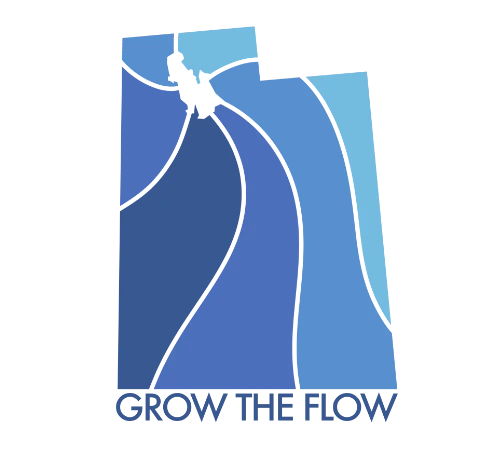GSL Lobby Days Letter Writing Templates
Basic Format:
Keep it short!
Who you are (Make it personal!)
What you’re asking for
Why it’s important
Email #1: Dust Monitors
Example Subject Line: “CONCERNED CONSTITUENT: Reaching Out About Great Salt Lake Dust” Cc: Speaker Mike Schultz (mikeschultz@le.utah.gov) and Senate President Stuart Adams (jsadams@le.utah.gov)
Hello Senator/Representative ___________,
Thank you for your service as a member of the Utah Legislature.
My name is ________ and I’m a constituent of yours from ________. [Who you are…MAKE IT PERSONAL!]
I am writing to urge you to support an upcoming Requests for Appropriation (RFAs) to purchase and implement additional dust monitors around Great Salt Lake.
Why it’s important:
- The Problem: According to the recent Great Salt Lake Strike Team Report, Great Salt Lake lacks sufficient dust monitors, which makes it difficult to track dust storms and their impact on Utahns, like me.
- Dust from the lake is known to contain carcinogens—like arsenic and lead. Exposure to these minerals can cause respiratory problems in the short term (inflammation, asthma, trouble breathing) and various types of cancer, developmental issues, and birth defects in the long term.
- In comparison to Owen’s Lake—a similar saline lake in California—Great Salt Lake has fewer monitors despite being 12x the size and impacting a downwind population more th
- an 100x larger.
Please help Utah better understand how Great Salt Lake dust is impacting us all.
Sincerely,
Email #2: Water conservation planning
Hello Senator/Representative ___________,
My name is ________ and I’m a constituent of yours from ________.
I’m writing to ask for your support of Sen. Blouin’s SB 131, Water Commitment Amendments.
Why it’s important:
- This bill allows municipalities to include commitments of available water for uses on sovereign lands, such as the Great Salt Lake, in their water conservation plans.
- This bill does not take water away from anyone or affect existing uses. Instead, it simply gives municipalities the option to include the Great Salt Lake (or other sovereign lands) in their water conservation plans.
- Passage of this bill will show the legislature’s ongoing commitment to supporting Great Salt Lake amidst the House Speaker’s Water Moratorium.
Thank you,
Email #3: Funding for water leasing
Hello Senator/Representative ___________, (bonus if they’re on NRAE Approp or Exec Approp)
My name is ________ and I’m a constituent of yours from ________.
I’m writing to ask for your support of the GSL Commissioner’s funding request of $16 million for the Great Salt Lake long-term water program.
Why it’s important (a few options):
- Despite above-average precipitation in 2023 and 2024, the elevation of both the north and south arm of the lake remains critically low, posing adverse effects to the health of the lake’s hydrology, wildlife, and surrounding communities.
- Thanks to coordination and key partnerships, there has been significant progress in getting more water to Great Salt Lake, but it will require ongoing funding to ensure this work can continue to help Great Salt Lake reach healthy levels.
- Temporarily leasing saved water and providing fair compensation is one of the most effective solutions for the challenges facing Great Salt Lake.
Thank you,
